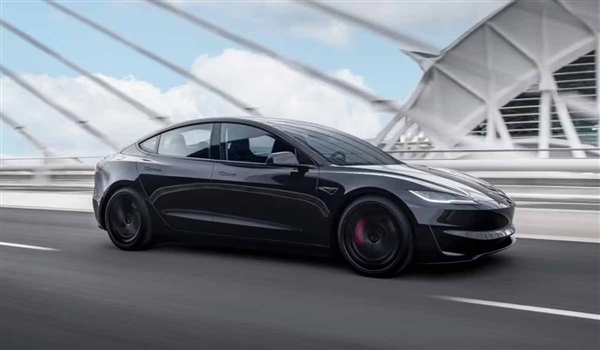May 22, 2024 – According to data from the U.S. Energy Information Administration (EIA), the annual electricity consumption of light-duty electric vehicles (EVs) in the United States surpassed that of the railroad system for the first time in 2023. The EIA has been publishing estimated electricity consumption data for EVs at the national, regional, and state levels since 2018. It’s worth noting that these data are estimated through modeling rather than traditional surveys (although the EIA acknowledges the existence of modeling errors and is working to improve them).
The federal agency reported that since 2003, the annual electricity consumption of railroads had been the largest end-use category in the transportation sector in its Monthly Electric Power Report. Over the past two decades, railroad electricity consumption remained stable, averaging about 7,000 GWh. During the same period, the expansion of urban rail transit systems and electrified passenger railroads in the United States was also limited.

In 2023, EV sales accounted for 16% of all light-duty vehicle sales in the United States. It is estimated that the annual electricity consumption of EVs increased to 7,596 GWh in 2023, nearly five times that of 2018. In 2018, battery electric vehicles (BEVs) and plug-in hybrid electric vehicles (PHEVs) consumed roughly the same amount of electricity. However, in recent years, as the prices of BEVs have dropped, the number of available models has increased. In 2023, BEVs accounted for 72% of the total electricity consumption of EVs.
It’s worth noting that California, which has the highest number of EVs in the United States, also leads the nation in EV electricity consumption. In 2023, California’s EV electricity consumption accounted for 33.9% of the national total, followed by Florida with 6.0%. This trend reflects the increasing adoption of EVs in these states and the growing demand for electricity to power them.












